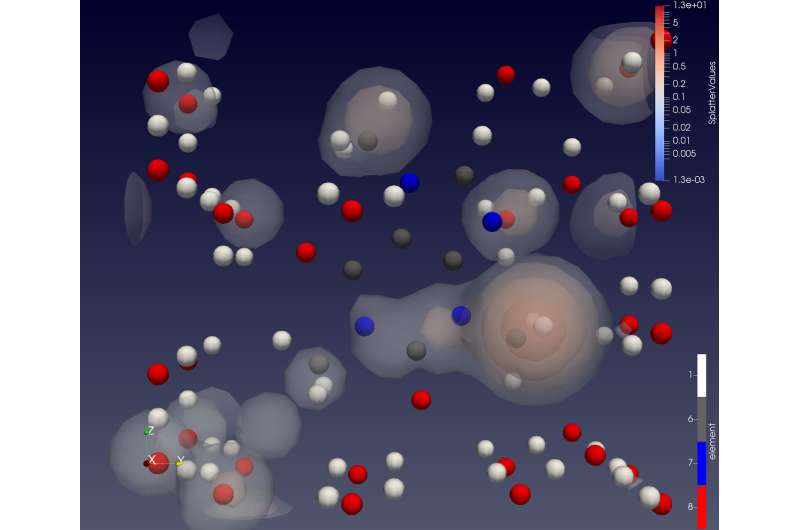Predicting chemical processes to help agribusinesses, cosmetic, fuel and food industries

A Purdue University-affiliated company is developing a method to accurately and efficiently predict chemical reactions in liquid solutions, which would help agribusinesses, fuel companies, food makers, cosmetic industry and many other businesses.
QUAIL Modeling LLC, an acronym for Quantum Applications In Liquids, has developed software to better understand how molecules react in liquids, which will let companies discern what will happen when a particular additive is added to their product.
"Part of the trade secret is how much and which additive to add so the active ingredient dissolves better and works the way it's supposed to work," said Tillmann Kubis, co-founder of QUAIL and a research assistant professor in Purdue's School of Electrical and Computer Engineering, Network for Computational Nanotechnology and Purdue Center for Predictive Materials and Devices
QUAIL Modeling, which also was co-founded by James Charles, a Ph.D. student in electrical and computer engineering, is working to predict solvation energies, or the energy change when a molecule dissolves in industrially relevant liquids—including complicated molecular mixtures.
"There is still a huge gap in computational chemistry about making these kinds of predictions for industrially relevant scenarios, such as liquids with many different dissolved molecules," Kubis said. "We help fill this gap by combining the quantum effects with the statistical uncertainties of complicated liquid environments."
QUAIL Modeling is expanding the Non-Equilibrium Green Function method (NEGF) to the realm of liquid quantum chemistry. This method will allow chemists to predict experimental results and add hard to access information such as time-dependent non-equilibrium flow, energy exchange and entropy changes of the system. The NEGF method is already a widely accepted method in the electrical engineering and the many particle physics world.
Kubis said after the current first-product test phase, predicting chemical reactions in liquids is the next step for the company that in April announced it was developing a way to reduce drug development costs by modeling molecules and chemical reactions in liquid solutions, allowing chemists to better understand process details of molecule synthesis.
"There are a lot of companies that use liquid solutions with a lot of different active ingredients and they need to know what adding another component will do," Kubis said. "We're not talking about how it reacts in a pristine solvent, but how it reacts when there's a lot of other elements in there."
For agribusinesses, the method can help a company understand whether adding a component will make their product stay on a leaf longer or fall off quicker. For fuel companies, it can determine the behavior of the additive on the fuel and engine. The method can predict cosmetics that depend on many molecules dissolved in the same liquid.
For all manufacturers, it can predict shelf-life in various containers and at what pace the active ingredient and the container will break down.
Provided by Purdue University
















